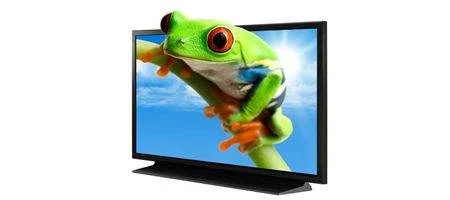While watching television can provoke seizures in children with epilepsy, 3D TV doesn’t appear to be any worse than the ordinary sort.

However, as other investigations have found, 3D TV can have other effects on children’s health. As many as one in five of the study subjects reported symptoms such as nausea, headache and dizziness.
In the first research of its kind, researchers at the University of Munich, Germany and the University of Salzburg, Austria, exposed 140 children – the median age was 12 – to a standard test for photosensitivity, called photo-paroxysmal stimulation, along with 15 minutes of watching a 3D TV.
The television used was a 50-inch 3D plasma TV with 3D shutter glasses, which was viewed from a distance of about six and a half feet.
Responses to both the photosensitivity test and the 3D viewing were recorded on an EEG, with the results evaluated by two independent professionals.
“In our cohort of children with a risk of epilepsy or with known epilepsy, fifteen minutes of 3D television viewing did not increase epileptiform activity on EEG, nor were there any apparent seizures,” says lead author Herbert Plischke.
“We conclude that the chance for people with undiagnosed epilepsy to have an epileptic seizure provoked by 3D TV is unlikely.”
What does seem to make a difference, say the researchers, is the content of programs, rather than they type of television on which they’re watched.
Seizures can be triggered by color, contrast, pattern, and flicker, independent of whether the viewing medium is a 2D or 3D TV, they found.






